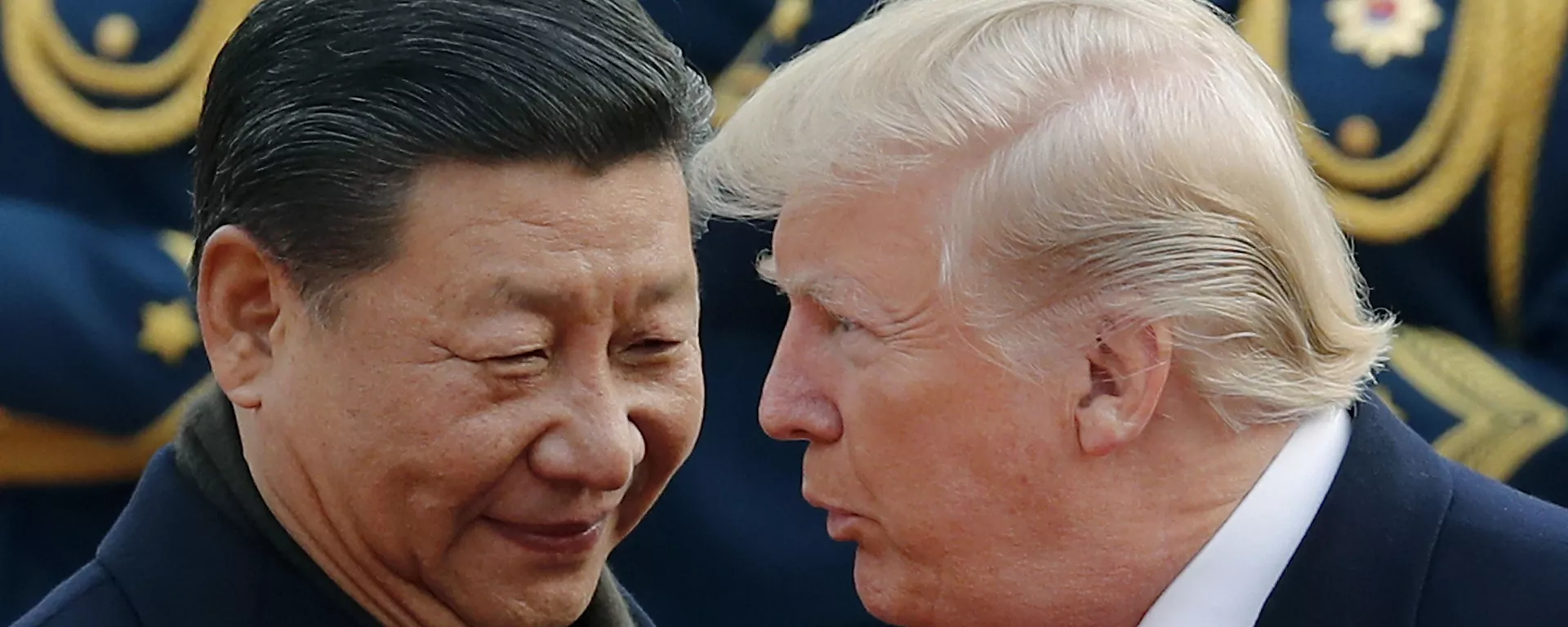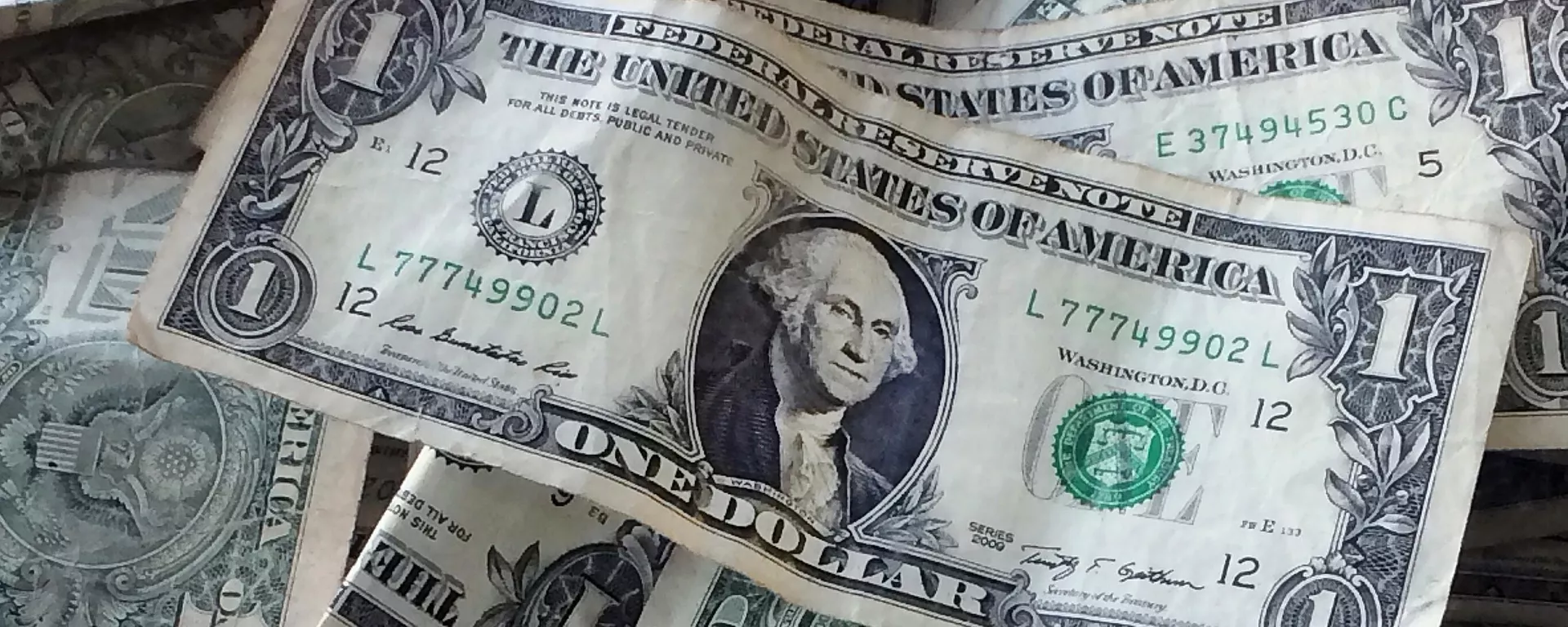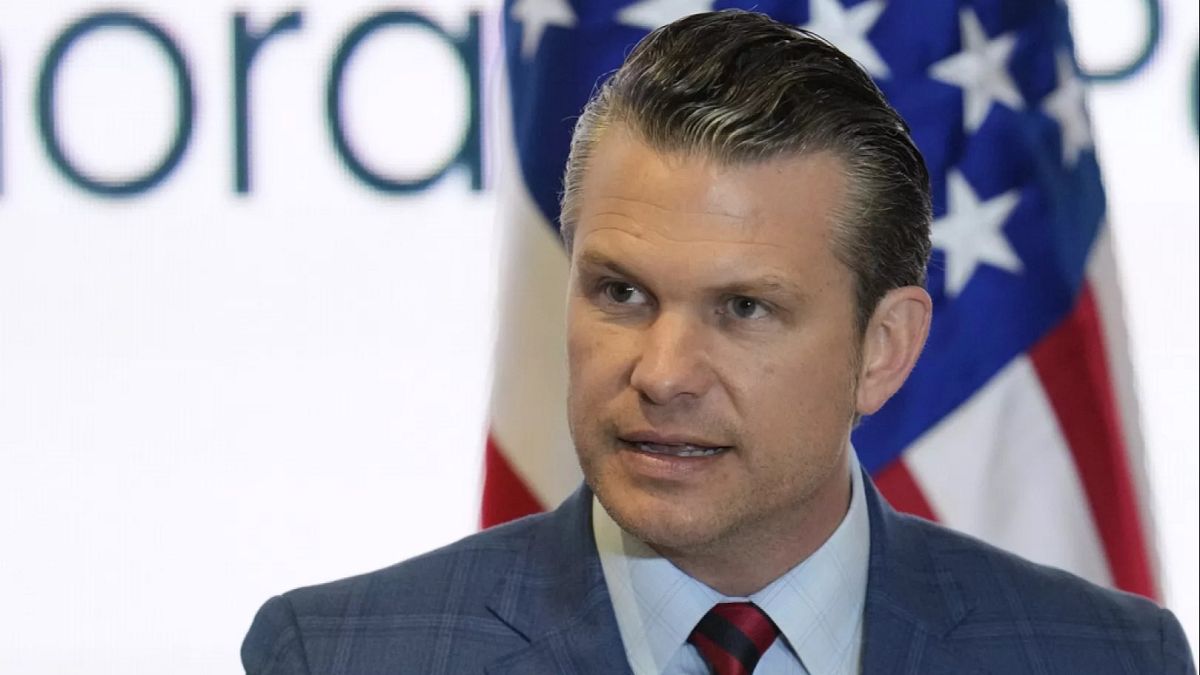The US national debt has surpassed the $36 trillion mark, with figures from usdebtclock.org indicating that every man, woman and child in America now owe more than $106,600, while taxpayers owe the equivalent of over $272,800.
The data shows that the federal debt to GDP ratio now stands at 122.85% - up from 55.36% in the year 2000, and 34.71% in 1980.
Accounting for state, local, student loan, credit card and personal debt, US debt is estimated to total over $102.63 trillion – nearly matching the $105.4 trillion value of the entire global economy in 2023.
The US national debt has crept up over the past 45 years thanks in large part to fiscally irresponsible military spending and wars, lack of accountability in Congress in balancing budgets, the longtime power of the dollar as the de facto world reserve currency, which has allowed the United States to accumulate vast trade deficits with producer countries and engage in money-printing while passing on the consequences to the rest of the world, and, most recently, large-scale government bailouts to big business and the banks during the 2008 Great Recession and the 2020 Covid crisis.
Top economists at the US Treasury have long played down the significance of the federal debt, citing economic growth and the power of the US economy in the global economic and financial system in a ‘too big to fail’ fiscal philosophy epitomized by a quote attributed to American industrialist J Paul Getty that “if you owe the bank $100, that’s your problem. If you owe the bank $100 million, that’s the bank’s problem.”
However, recent trends, including the declining luster of the US dollar in world trade thanks to the currency’s perceived “weaponization” against countries like Russia and Iran, the rise of China’s industrial might and search for trade ties outside the US sphere of political and economic influence, and the formation and strengthening of international institutions like the BRICS bloc have served to challenge the idea that US leaders can close their eyes to the debt burden forever.
“Excess government spending is driving America into bankruptcy,” tech billionaire Elon Musk, recently tapped by Donald Trump to run the new Department of Government Efficiency advisory agency, wrote in an X post last week, echoing his sentiments from the campaign trail that the US is facing a “financial emergency,” with “just the interest payments on the debt” constituting “23% of all federal tax revenue.”
Responding to Musk’s concerns, Trump Senate ally Rand Paul said the US has the “opportunity” to stop the coming collapse “if we work together and quickly,” but expressed concerns that the “status quo leadership will not solve the problems both parties helped create.”
Bankers from the Institute of International Finance have warned that Trump’s proposed tax cuts could “explode” the national debt if they’re not accompanied by cuts in spending.
These concerns echo sentiments expressed by JPMorgan CEO Jamie Dimon in January characterizing debt as a “cliff” that the US economy is racing toward at “60 miles an hour.”

 5 months ago
42
5 months ago
42








 We deliver critical software at unparalleled value and speed to help your business thrive
We deliver critical software at unparalleled value and speed to help your business thrive






 English (US) ·
English (US) ·